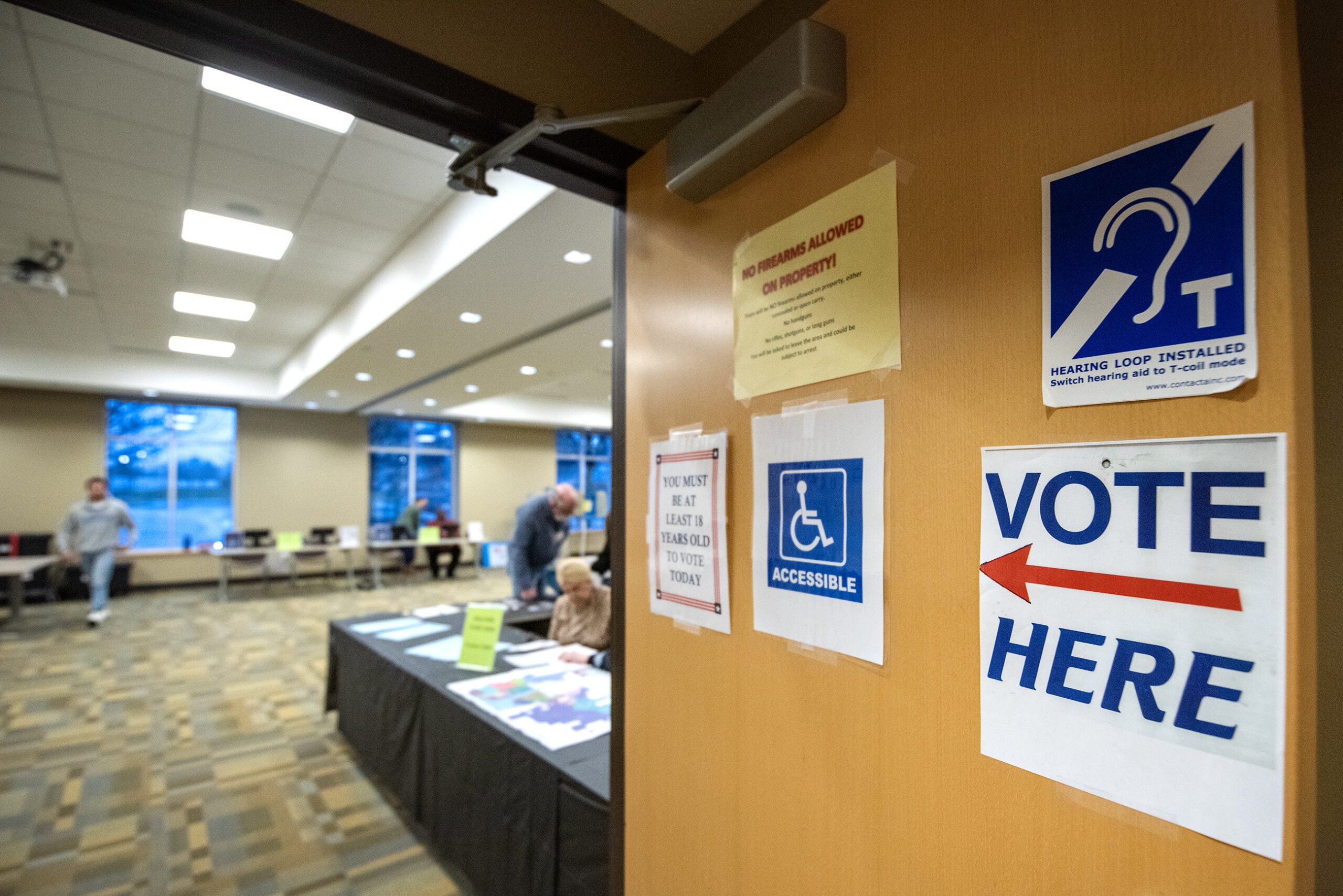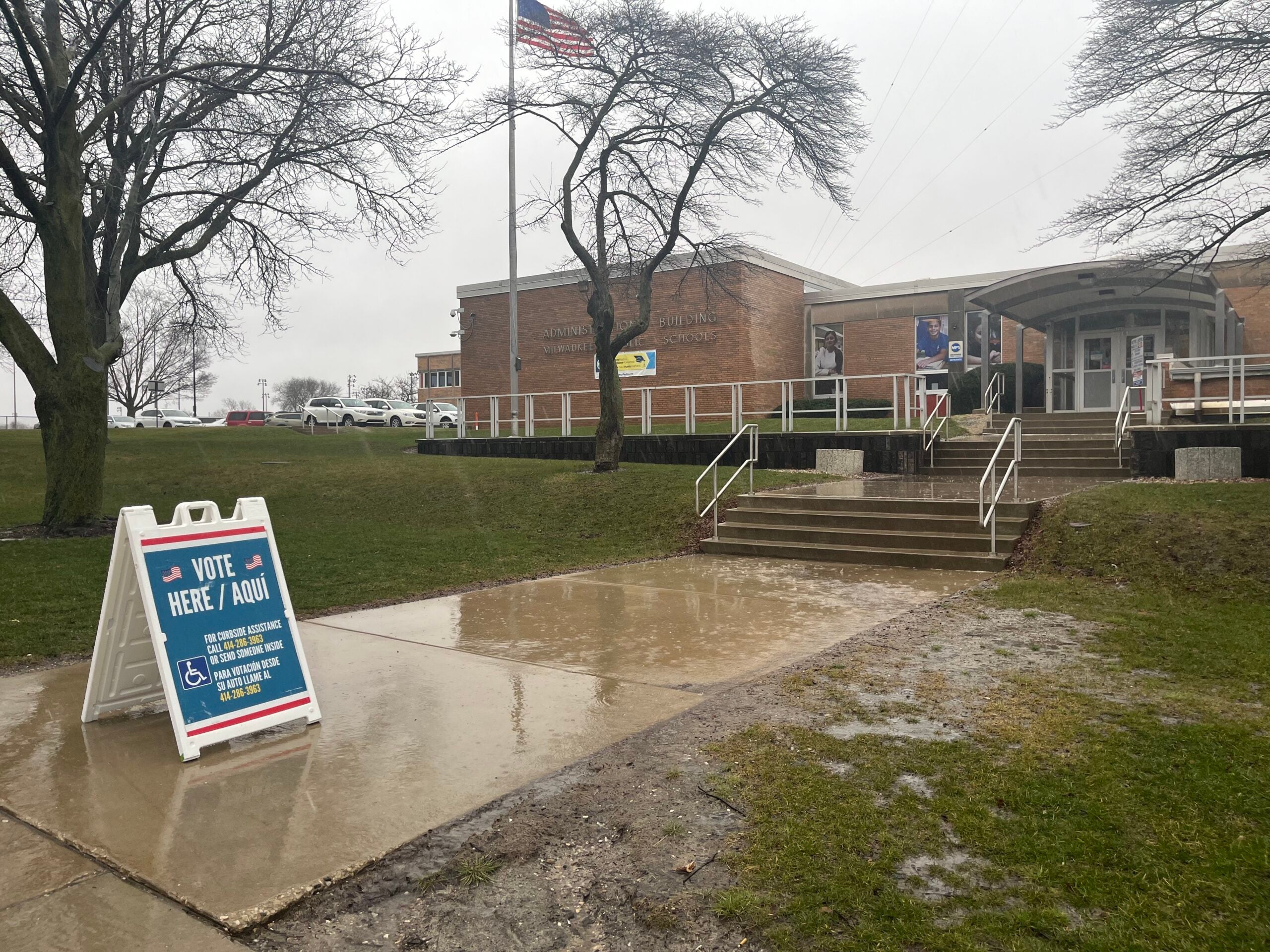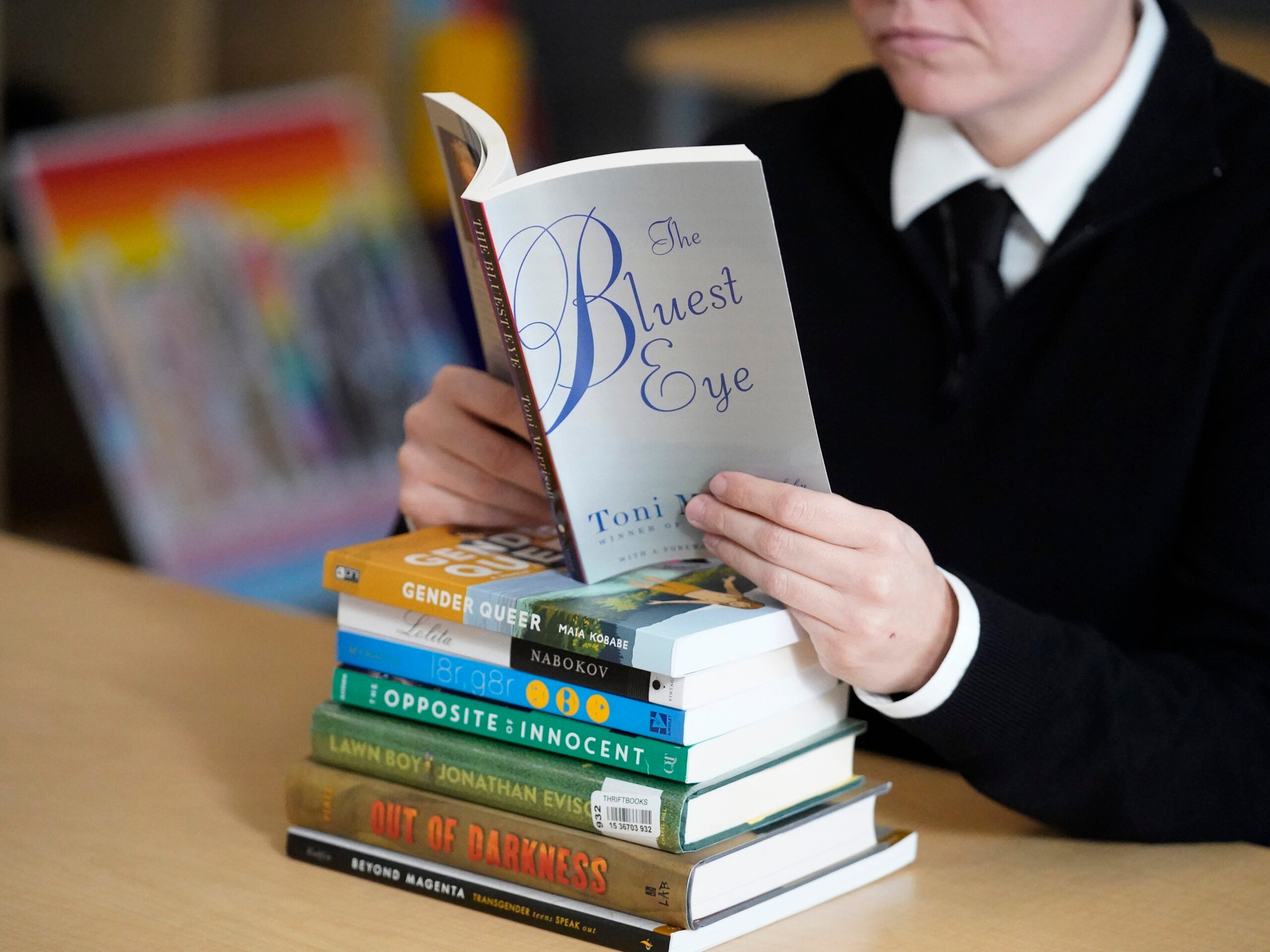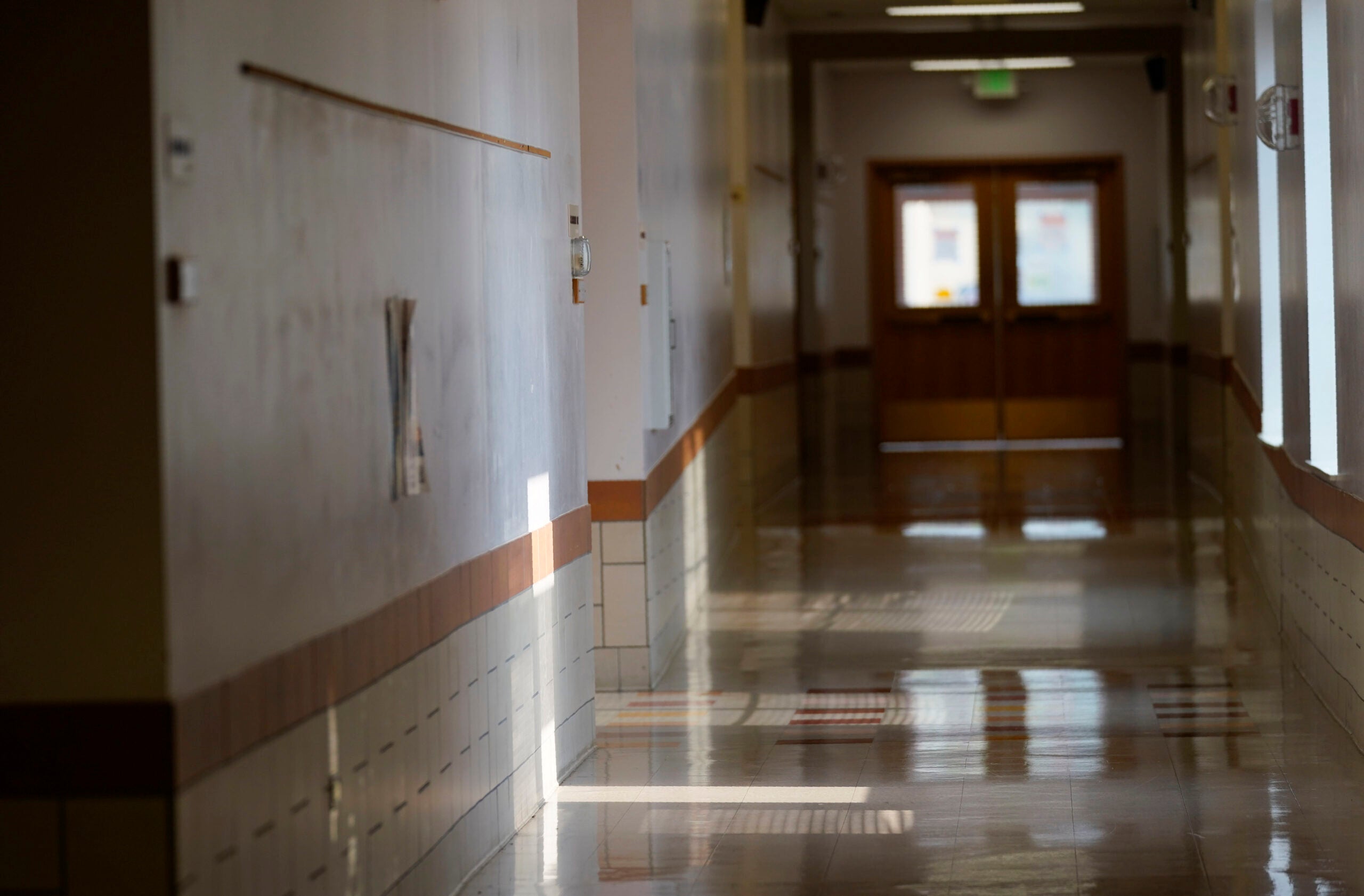On April 2, the Herman Neosho Rubicon School District in Dodge County asked voters to approve a $23 million referendum. The money would be used to consolidate the district’s two small, aging buildings into one site, with a projected savings of $16 million over 20 years.
Closing one school in a small district stirred up a wave of emotions. And $23 million for a district serving just over 300 students was a heavy lift.
There were 1,642 “no” votes and 302 “yes” votes.
Stay informed on the latest news
Sign up for WPR’s email newsletter.
“The referendum approach, in theory, makes sense,” District Administrator Anthony Brazouski said. “Asking folks to weigh in on their taxation is most certainly democratic. In practice, however, the entire process plays out quite differently, in many cases.”
“Misinformation and rhetoric among resistors cloud the seemingly clear numbers,” Brazouski continued. “The process is cumbersome, time-consuming, challenging, and, perhaps most disappointingly, expensive.”
Brazouski said now that the referendum has failed, he’ll begin looking at the district’s most dire needs over the summer.
New roofs are needed at both schools. But he’ll also have to look at the next 10-20 years and determine what maintenance can be deferred.
The Herman Neosho Rubicon School District is not alone.
Voter fatigue for referendums sets in
Wisconsin voters were asked to approve more than 100 school district referendums in February and April.
But with an approval rate of only 60 percent, voter fatigue appears to have set in.
Voter approval rates of school district referendums hovered around 50 percent for most of the late 2000s and early 2010s. Starting in 2012, however, voters approved referenda in greater numbers, with the passage rate peaking at about 90 percent in 2018, according to a recent report from the Wisconsin Policy Forum.
“Over the past several years, approval rates have trended downward,” the report says. “After slight declines in both 2020 and 2022, the 60.2 percent passage rate for 2024 school district referenda so far is the lowest in a midterm or presidential year since 2010.”
The Milwaukee Public Schools referendum got the most attention this spring. The district asked for $252 million, which was narrowly approved by just over 1,700 votes.
That’s a far cry from four years ago when the MPS referendum passed by nearly 80 percent.
The Mukwonago Area School District asked voters to approve $102 million. The money would have been used to build a new middle school and add K-4 classrooms.
In a video posted before the election, Park View Middle School Principal Luke Spielman described congested hallways and classrooms. And showed videos of aging pipes and outdated music and physical education spaces.
Voters rejected the referendum 54 percent to 46 percent.
In a statement, Mukwonago Superintendent Joe Koch said now might not be the right time for a new school.
“We will reengage with our community, to reexamine our district’s needs, to determine the next steps in meeting these needs, and to ensure that our district’s children have the very best learning opportunities and resources possible,” Koch said.
Ari Brown, author of the Wisconsin Policy Forum report, said when referendums fail, districts have to look at budget cuts, or at least budgetary maneuvers that help districts stay afloat until they feel like they can go to referendum again.
That could mean reducing building footprints or staffing numbers in districts where enrollment is declining, Brown said. But cutting classrooms and teachers is harder when enrollment is not decreasing.
More school district referendums expected in November
The Shawno School District asked voters to approve a $54.4 million capital referendum that would not have increased taxes.
The measure failed 51 percent to 49 percent, a difference of only 75 votes. Superintendent Kurt Krizan said the district is planning to ask voters again in November to approve a referendum.
Krizan and the school board will hold community listening sessions before to decide what the exact question will be.
“For us, we think it was a case of voter turnout,” Krizan said. “We were on spring break and there was a snow storm.”
Dan Rossmiller, executive director with the Wisconsin Association of School Boards, said he thinks a lot of districts will go back to voters in November.
Rossmiller said there could be just as many referendums on ballot in the fall as there were in the spring.
Back in Dodge County, Brazouski said he originally thought voter fatigue was the reason the Herman Neosho Rubicon School District referendum failed.
The question was the last one on the ballot. It was also on the back of the ballot in two of the district’s largest communities, so maybe voters didn’t see it.
“We also considered, perhaps, that with so much dissension among the community, much very highly publicized on social media, folks may not have felt informed enough to make the decision,” Brazouski said. “We may never know, but will be digging in to understand this anomaly. Interestingly, two of our incumbent board members lost their two seats to two write-in candidates — talk about against all odds.”
Wisconsin Public Radio, © Copyright 2024, Board of Regents of the University of Wisconsin System and Wisconsin Educational Communications Board.





